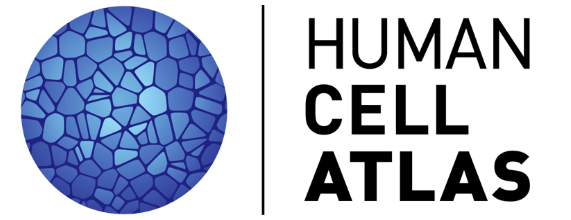The Human Cell Atlas is a global consortium that is mapping every cell type in the human body, creating a 3-dimensional Atlas of human cells to transform our understanding of biology and disease. The Atlas is likely to lead to major advances in the way illnesses are diagnosed and treated.
Global scientists are building the initial draft of the Human Cell Atlas, organized and championed by the 18 HCA Biological Networks, which include the lung, heart, liver, and immune system, as well as the four HCA Regional Networks: Asia, Middle East, Africa, and Latin America.
An open global initiative, the Human Cell Atlas Consortium was founded in 2016 and has grown to more than 3,900 HCA members, from over 1,700 institutes and more than 100 countries around the world.
 HCA recently entered into partnership with UNESCO to help advance open science, and increase global capacity to deliver the benefits of genomics at a global scale. Read the press release.
HCA recently entered into partnership with UNESCO to help advance open science, and increase global capacity to deliver the benefits of genomics at a global scale. Read the press release.

